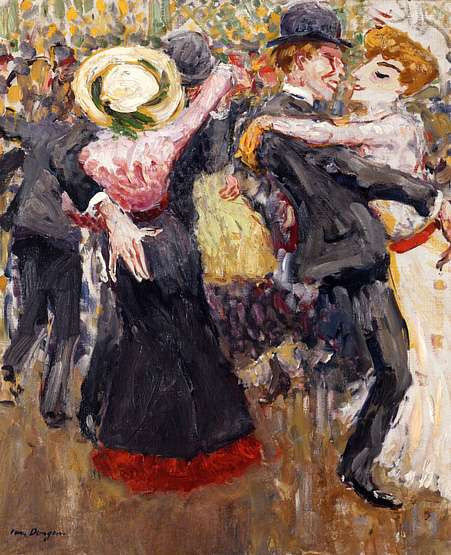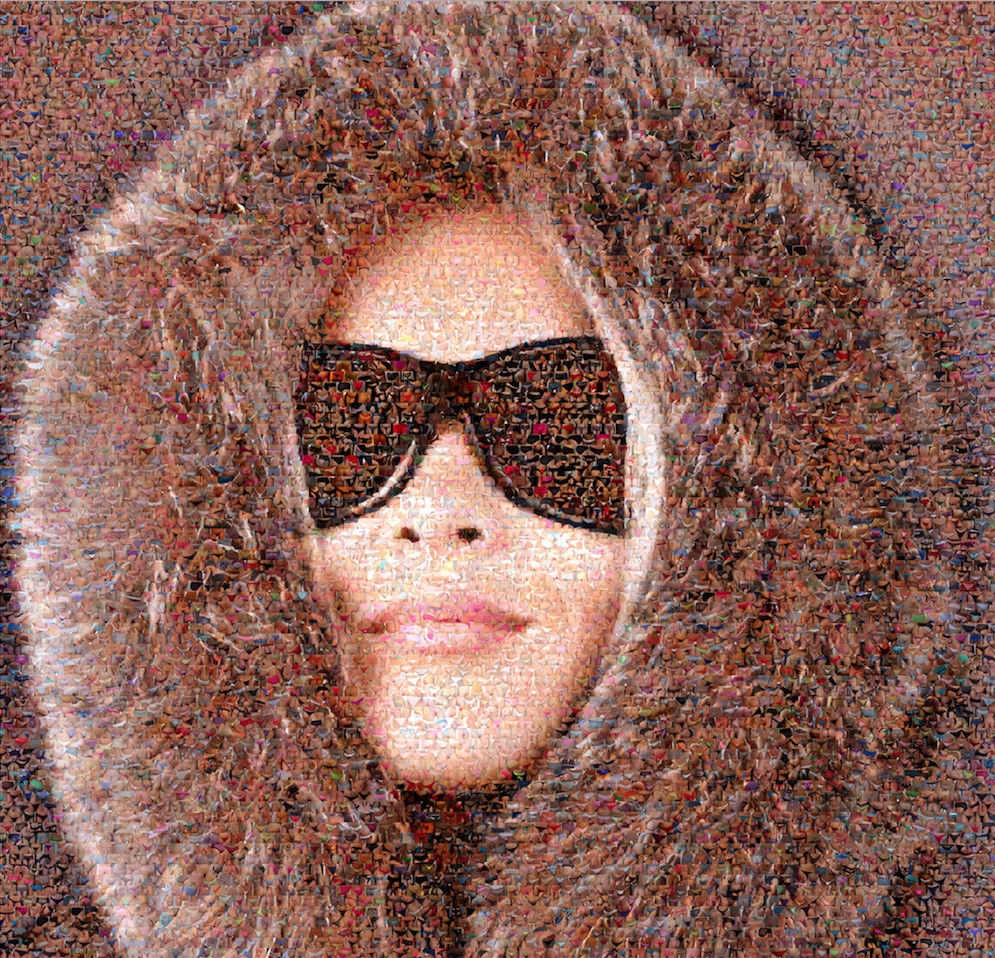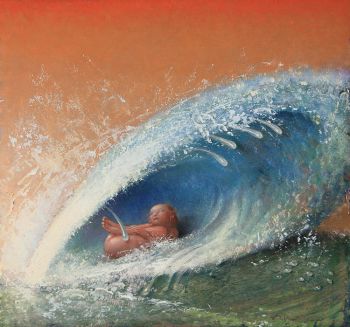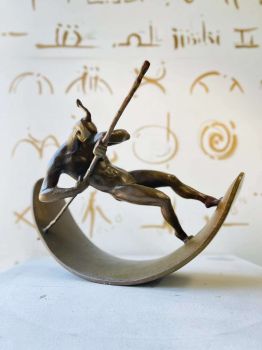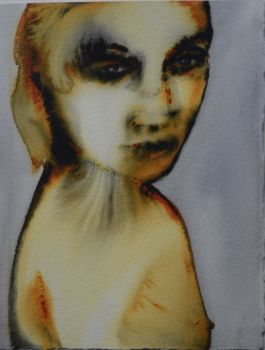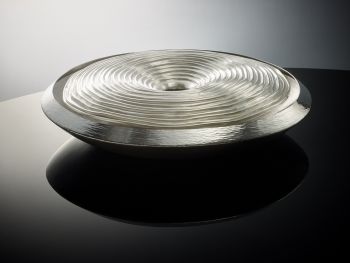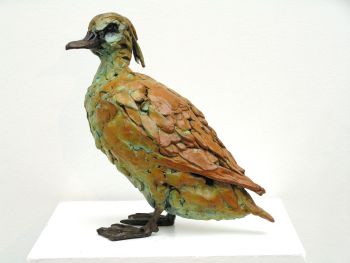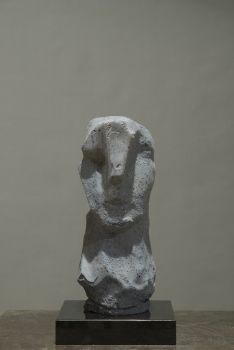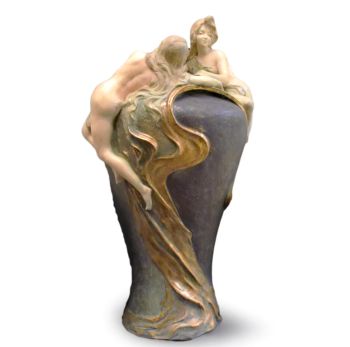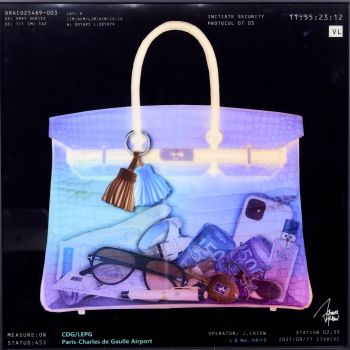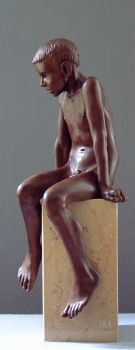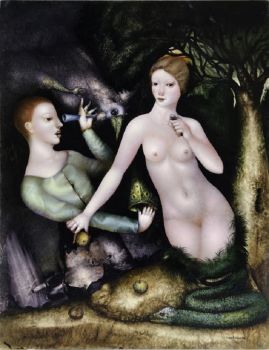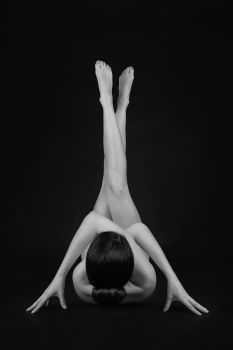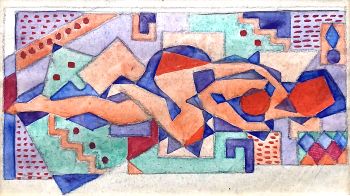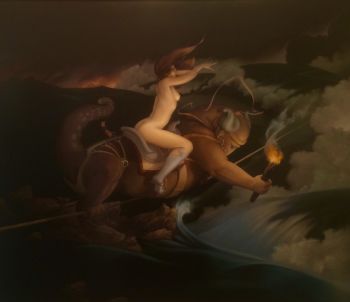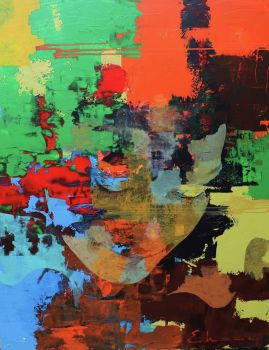Art Breda: modern & contemporary
In general, 'modern' and 'contemporary' can be used as interchangeable terms. Hence why there is so much confusion when it comes to art, because only art historians and specialists will have learnt the specific difference between modern and contemporary art.
So to make sure you are well informed before you head over to Art Breda, we would like to take a moment to clear up the confusion!
Modern: Jannes de Vries, Landscape in Drenthe, oil on canvas, available through Kunsthandel Richard ter Borg.
If you look up ‘modern’ in any ordinary dictionary, it’s usually defined as ‘relating to recent or present time’ as a pose to ancient or antiquated, and ‘contemporary’ is often listed as a synonym.
When you subsequently look up contemporary, the definition will be something along the lines of ‘belonging to the same time’ or ‘of the present time’, which refers right back to ‘modern’. Hence the “loose” application of these terms.
Modern: Kees van Dongen, Moulin de la Galette, colored lithograph, available through Peter Pappot Art Gallery.
Within the context of art however, these terms refer to specific timeframes.
As of the Italian Renaissance, the production of art was based on classical principles which evolved into the foundations of academic teaching. “Development” could only occur by perfecting and building on these principles.
Even though artists already started to stray during the 18th century, it wasn’t until the late 19th century that a clean break finally took place. One of the first artists to defy both traditional techniques of representation and subject matter was Édouard Manet, when he submitted his painting Déjeuner sur l’herbe (Lunche on on the Grass) to the Salon des Refusés in Paris in 1863.
Neither the impressionistic style nor the event that was pictured referred back to the classical principles of art. Therefore roughly speaking, all art that was inspired by this movement and produced after 1860 was to be called “modern art’.
Eduard Manet, Le déjeuner sur l'herbe, 1863, Musée d'Orsay, Paris.
In the 1960’s another key shift in focus took place, from the representational aspects to the underlying concept and the process of creating art. Hence why all art produced after this shift is referred to as contemporary art, leading right up to the present moment.
Even though these date-ranges still provoke much art historical discussion and there are of course many exceptions to the rule, you now know how to impress your colleagues when you explain to them why Damien Hirst’s work is called contemporary and not modern...
Contemporary: Peter van Poppel, Kitchen fruit, 2015, 15 x 11cm, oil on panel, available through Galerie Lieve Hemel.
Come to Art Breda,to see what else these modern and contemporary galleries have in store for you!
Contemporary: Joël Moens de Hase, Live your dreams, mosaic photography, 99 x 100cm, available through Okker Art Gallery.



